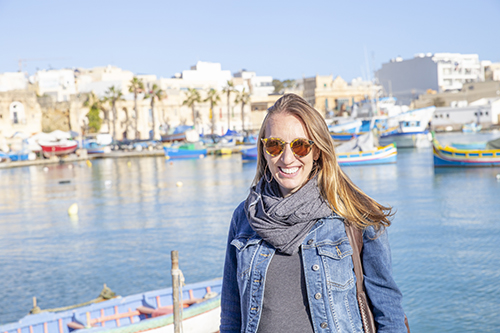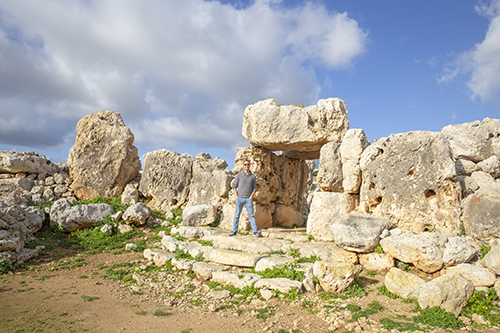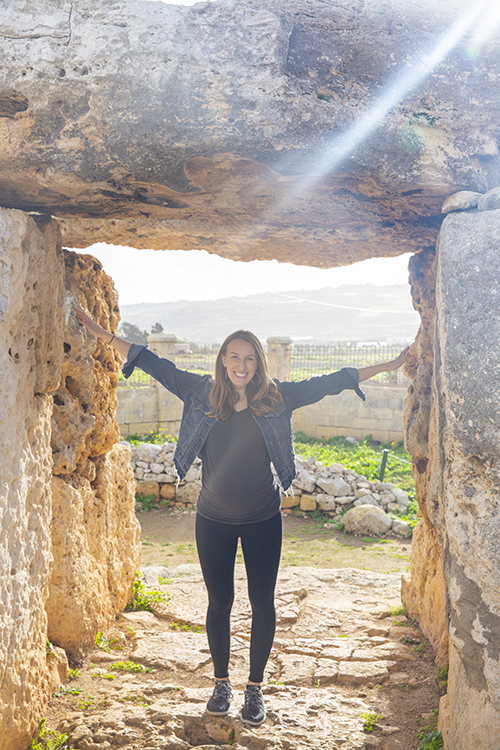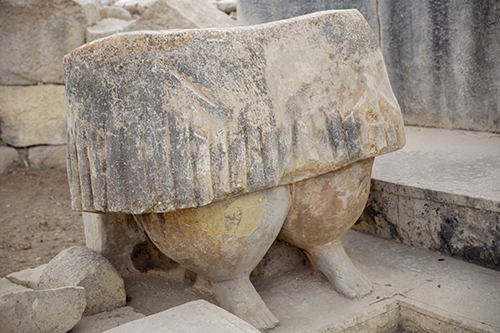Marsaxlokk is the main fishing village of Malta. We stop for a beautiful seaside seafood lunch, and then meander to enjoy the fabulous colors of this picturesque little town.





it's 40k kilometers around the world's circumference
Marsaxlokk is the main fishing village of Malta. We stop for a beautiful seaside seafood lunch, and then meander to enjoy the fabulous colors of this picturesque little town.




For our first couple days on the island, we rent a small car to hop around to all of the scattered sites. Driving a manual car on the wrong side of the road made for a fun challenge for both Lindsey and me. I wouldn’t say I’m great at driving with a stick-shift on the right side of the road; however, learning to shift gears with my left hand was a small fraction of what felt so weird. In addition to using manual transmission, driving from the wrong side of the car, winding down narrow cobble-stone streets, taking wide right turns and small left ones, driving on and off of packed ferries, and there being no real highways given the island is so small all added to the adventure.
Enough about the driving; where did we drive to? Mostly we put on our figurative archeologists’ green, pocket-fill vests and round hats and go explore the many megalithic temples. Luckily, we don’t have to pronounce the names here, but among the temples we visit include Hagar Qin, Mnadra, Ggantija, Tarxien, Ta’Hagrat, and Skorba. These temples (not sure they were actually temples vs. homes) were first erected in the 4th and 3rd millennium BC. As a couple helpful references, the pyramids are from the 3rd millennium BC and Stonehenge was closer to the 2nd millennium BC.



One unfortunate thing we learn is that many of these ruins were uncovered at a time when archeology was more of a hobby than a profession. And as a result, the meticulous records of how things were found are often not included as well as the method of uncovering treasured ruins was likely not as careful. That all said, it is wild to imagine a culture so many years ago so advanced to be building these perfectly cut stone structures that included idols, statues and carvings on walls.